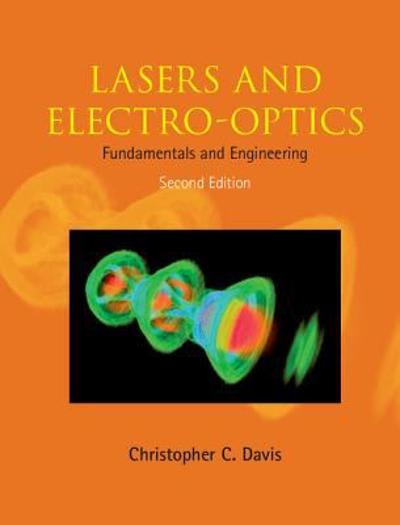Answered step by step
Verified Expert Solution
Question
1 Approved Answer
This is the problem for a bead on a rotating hoop. Please solve and explain the Question 2 b) and Question 3. There is no
This is the problem for a bead on a rotating hoop. Please solve and explain the Question 2 b) and Question 3. There is no missing information. Question 1 is about when sin_theta is 0 and pi, the system has an equilibrium point. Question 2 is about when cos_theta term is 0, pi, and a^2/?^2, the system has an equilibrium point.



Step by Step Solution
There are 3 Steps involved in it
Step: 1

Get Instant Access to Expert-Tailored Solutions
See step-by-step solutions with expert insights and AI powered tools for academic success
Step: 2

Step: 3

Ace Your Homework with AI
Get the answers you need in no time with our AI-driven, step-by-step assistance
Get Started


